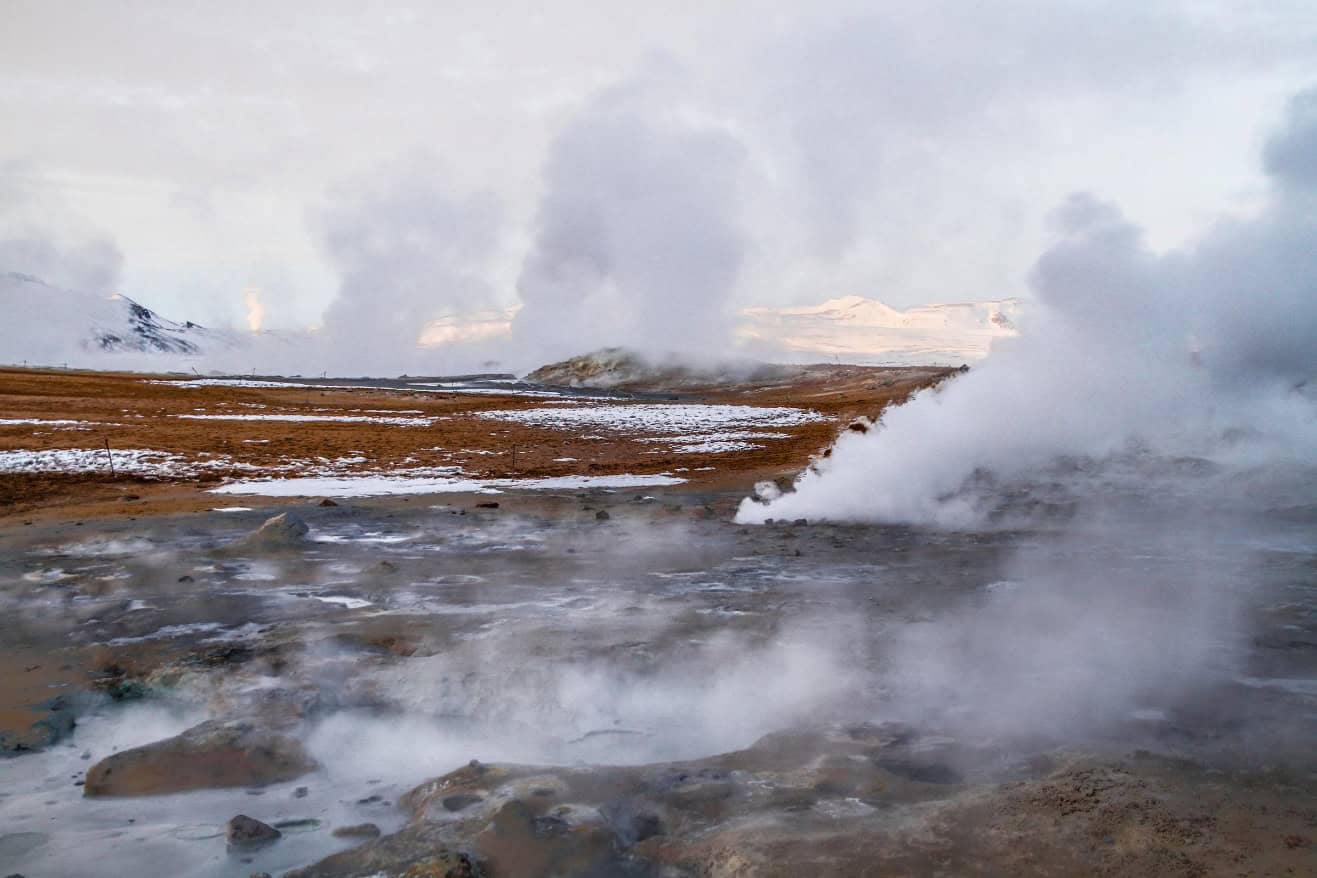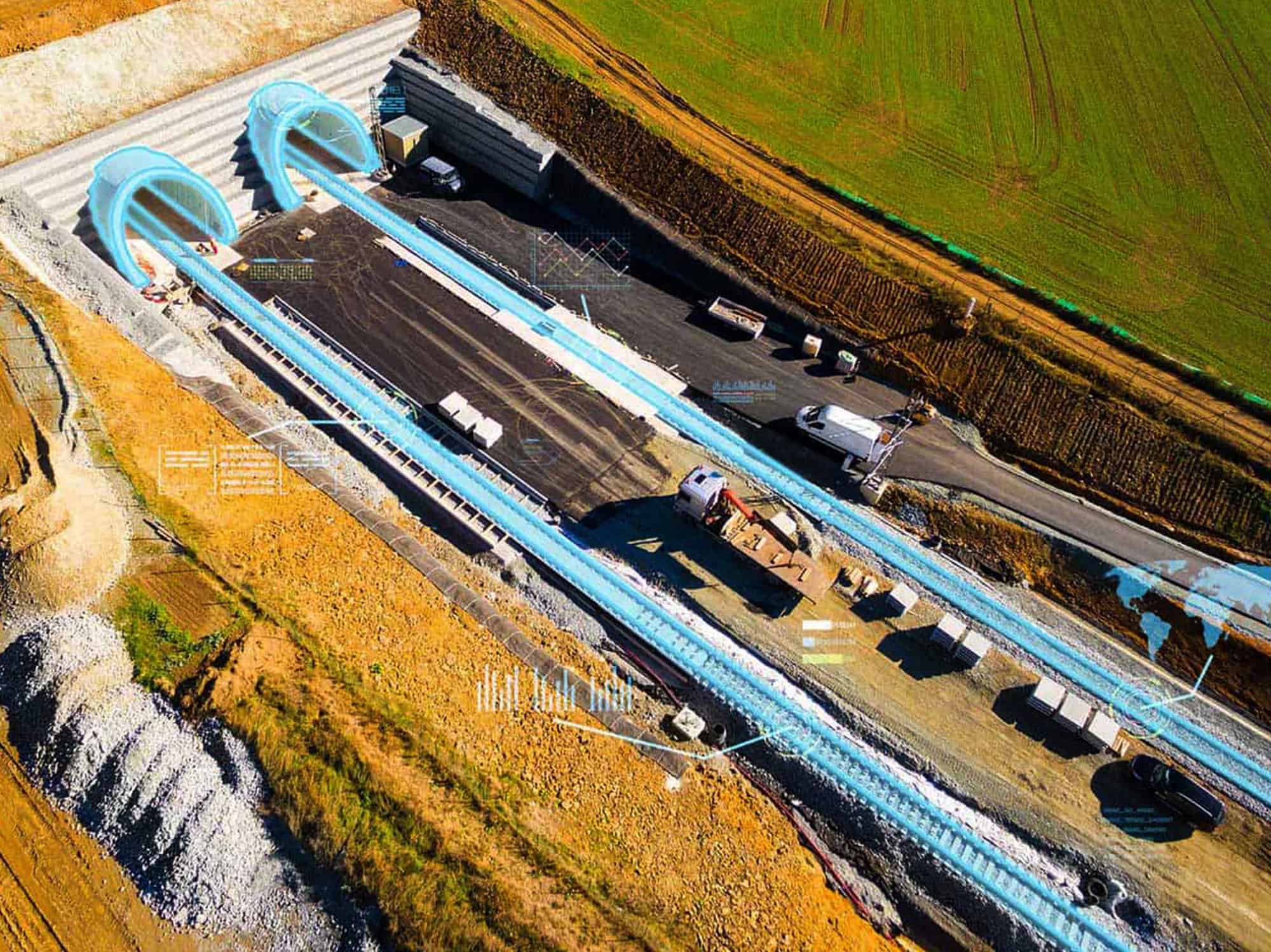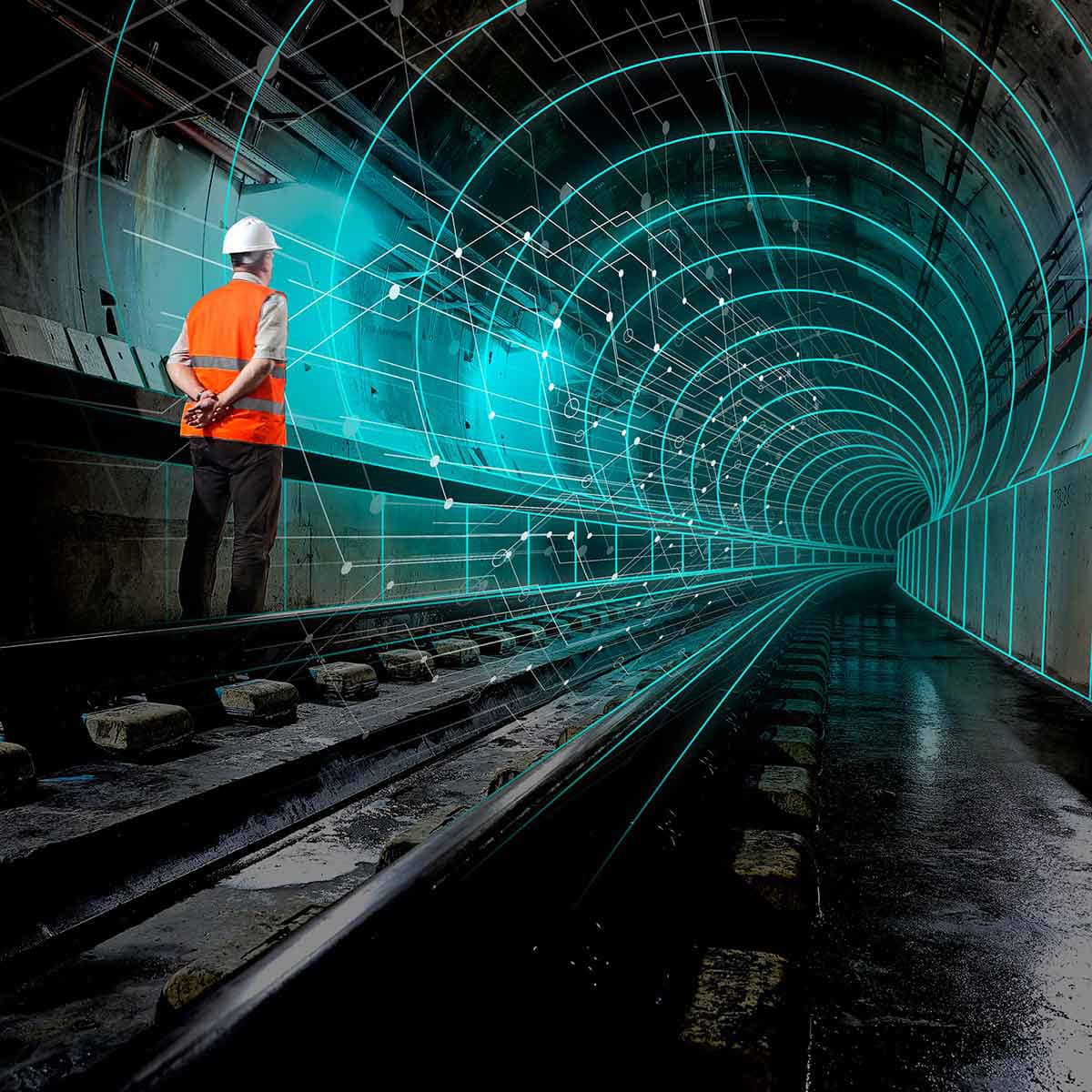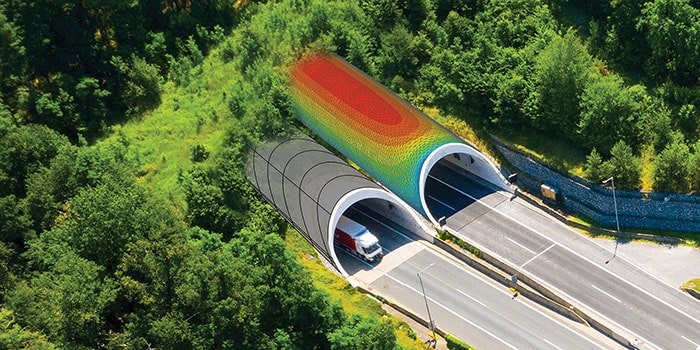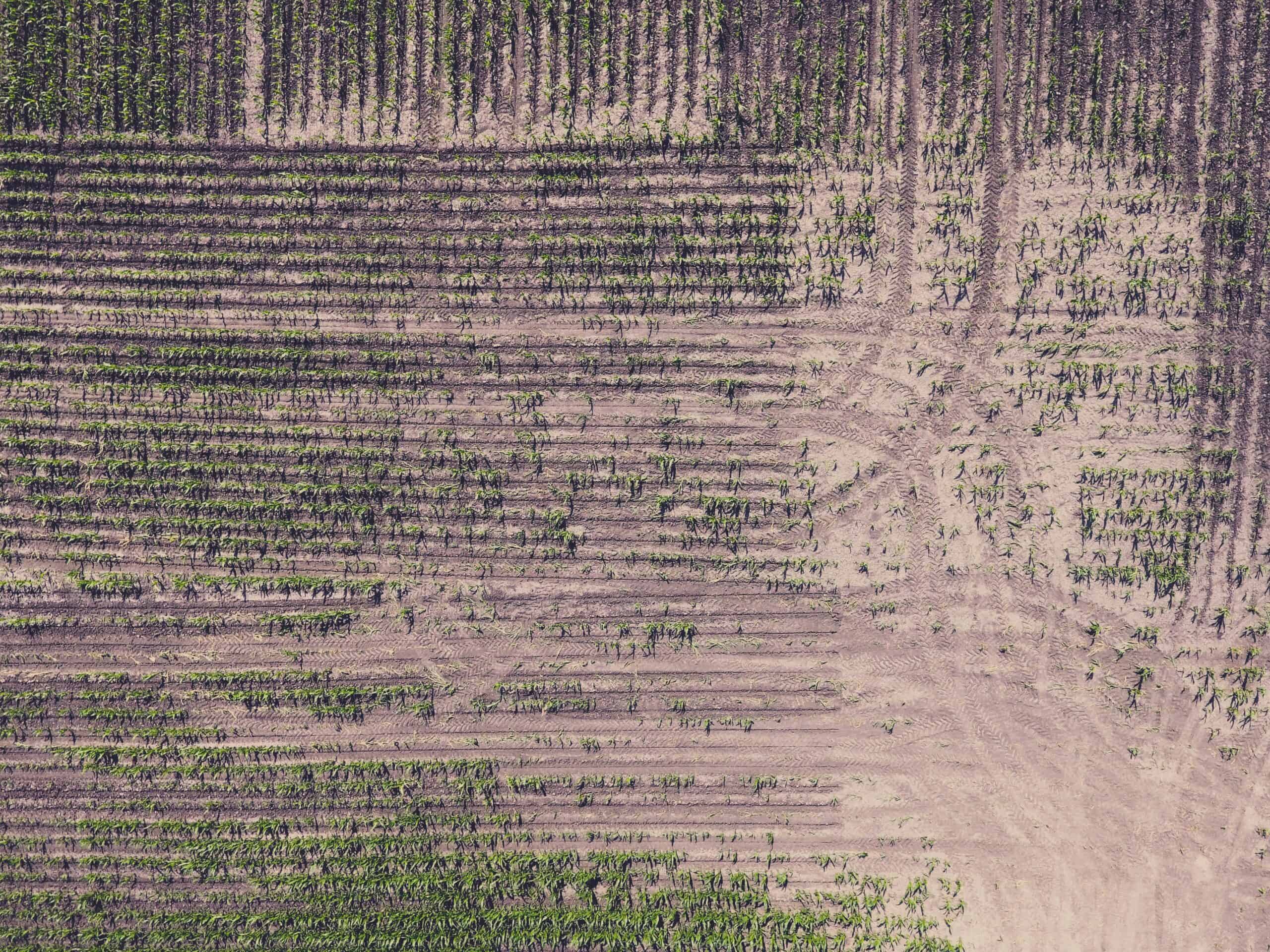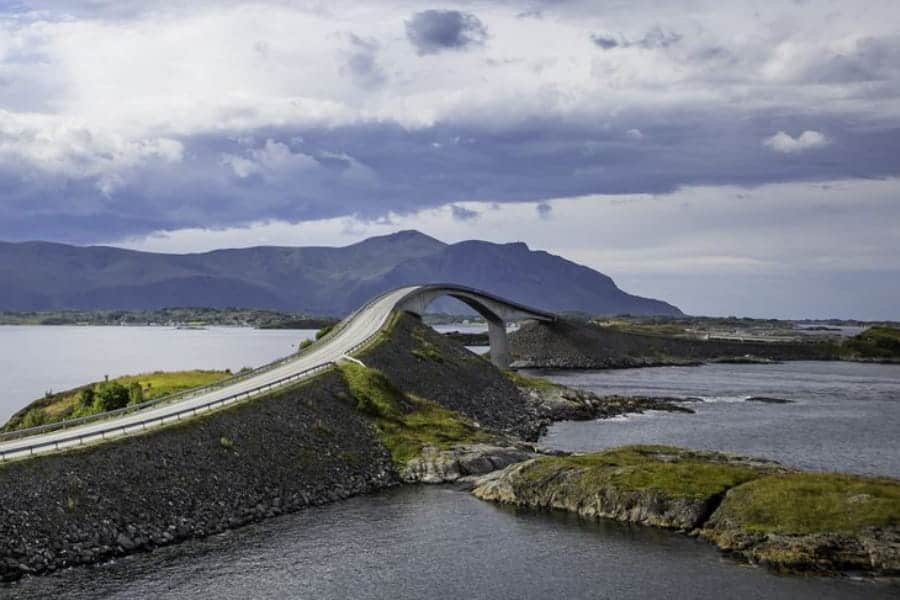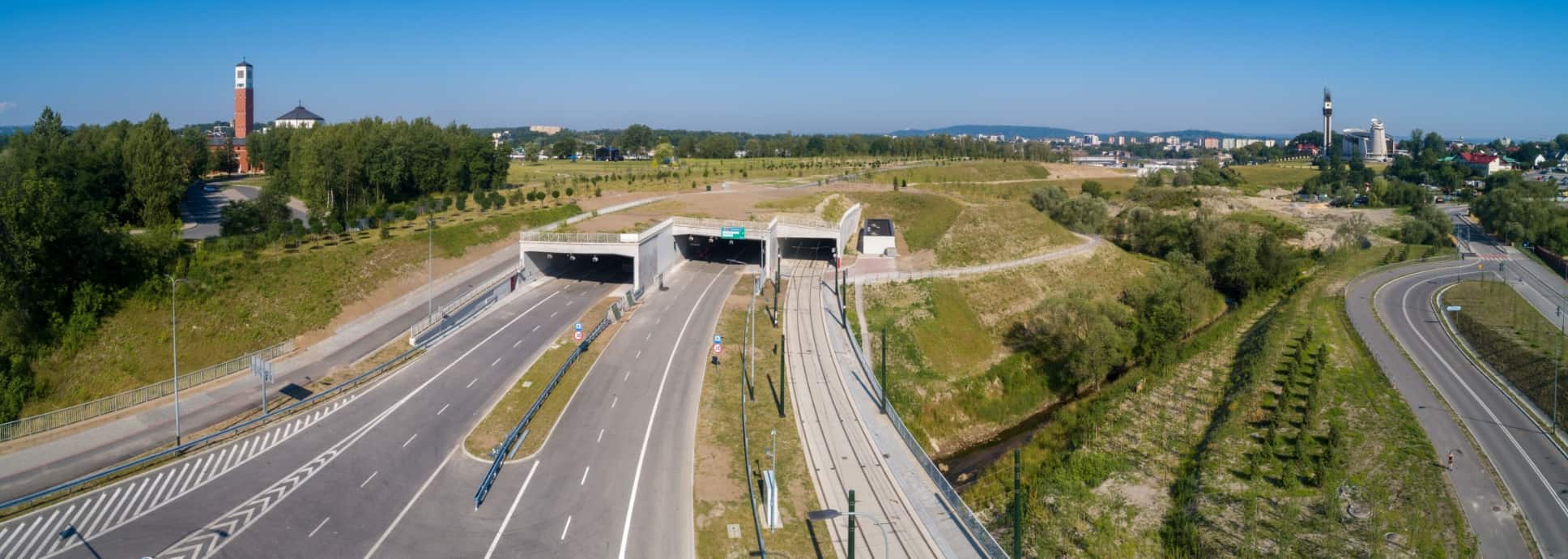How Digital Workflows Are Scaling Geothermal Energy
Discover how integrated digital workflows improve geothermal energy projects by boosting efficiency, scalability, and long-term performance.
Imagine a battery the size of the Earth: always on, always full. That’s geothermal energy—a constant, renewable source of heat stored beneath our feet. Unlike solar, wind, or hydro, it doesn’t wait for the weather to cooperate. It’s always available, offering clean, dispatchable power that can support electricity generation, heating, and cooling, day or night, season after season.
Yet despite its potential, geothermal currently accounts for less than 1% of global energy demand (IEA, 2024a). Why? Because tapping into this underground powerhouse has historically been complex, costly, and geographically limited.
But that’s changing.
Innovations, such as horizontal drilling and enhanced geothermal systems (EGS), are expanding what’s possible. And, just as importantly, digital technologies are transforming how geothermal projects are explored, developed, and managed, making them more efficient, scalable, and sustainable.
This blog explores how integrated digital workflows are helping unlock geothermal’s full potential by connecting data, disciplines, and decisions across the entire asset lifecycle.
A renewable source with untapped potential
Geothermal energy is the heat stored beneath the Earth’s surface. By tapping into this natural thermal resource, often using a working fluid to transfer heat to the surface, it serves multiple purposes, from electricity generation to direct heating and cooling. The choice of application depends on the characteristics of the geothermal resource. These characteristics include reservoir temperature and pressure, geological structure, permeability and porosity, heat transfer conditions, and the chemical composition and phase (liquid or vapor) of the geothermal fluid. Unlike solar, wind, or hydro power, geothermal energy is not dependent on weather or seasonal conditions.
This versatility makes geothermal a powerful complement to other renewables. It provides baseload power, energy that’s available 24/7, with low emissions and minimal land use, making it a compelling option for decarbonizing energy systems. Yet despite its advantages, geothermal remains significantly underutilized in the global energy mix.
So, why hasn’t geothermal scaled more rapidly?
The short answer lies in a combination of high upfront capital costs, exploration uncertainty, and limited access to high-quality, easily accessible resources. Identifying viable geothermal reservoirs requires deep subsurface knowledge, and developing them involves complex, multidisciplinary workflows that span geology, engineering, and operations. These challenges have historically slowed progress and limited geothermal’s global footprint.
However, this landscape is beginning to shift. As countries seek sustainable alternatives to fossil fuels and aim to strengthen energy security, geothermal energy is gaining traction, supported by growing investment and policy momentum. Much like other energy transitions, geothermal has entered a phase where technological innovation and policy incentives are reinforcing each other, accelerating the pace of change.
A compelling parallel can be drawn from the development of unconventional oil and gas resources in North America. According to the IEA, unconventional sources accounted for just 10% of global oil and gas supply in 2010, but by 2014, their share had risen to over 25% while production costs per unit of energy declined significantly. This transformation was largely driven by advances in hydraulic fracturing and horizontal drilling, technologies that are now influencing geothermal development. One example is the emergence of EGS, which apply similar techniques to stimulate and access deeper, less permeable reservoirs. As a key part of next-generation geothermal technologies, EGS is helping expand the geographical reach of geothermal energy.
According to the IEA (2024a), if cost reductions in these advanced geothermal technologies are achieved, total investment in the sector could reach USD 1 trillion by 2035, with projections rising to USD 2.5 trillion by 2050.
Digital technology is playing a central role in this evolution. Advanced tools are already improving how geothermal projects are planned, executed, and managed. From subsurface modeling to drilling optimization, reservoir simulation, and performance monitoring, digital solutions are enhancing decision-making across the geothermal lifecycle.
A critical next step is integration—bringing these technologies together into a unified digital environment where workflows can be fed continuous ingested data. By consolidating data across disciplines and project phases, integrated workflows can reduce risk, improve operational efficiency, and support more sustainable reservoir management. However, achieving this level of integration is no small task. It requires overcoming challenges related to data heterogeneity, quality, and coordination across multifunctional teams and systems. The following sections explore the value of this integrated approach in advancing geothermal performance.
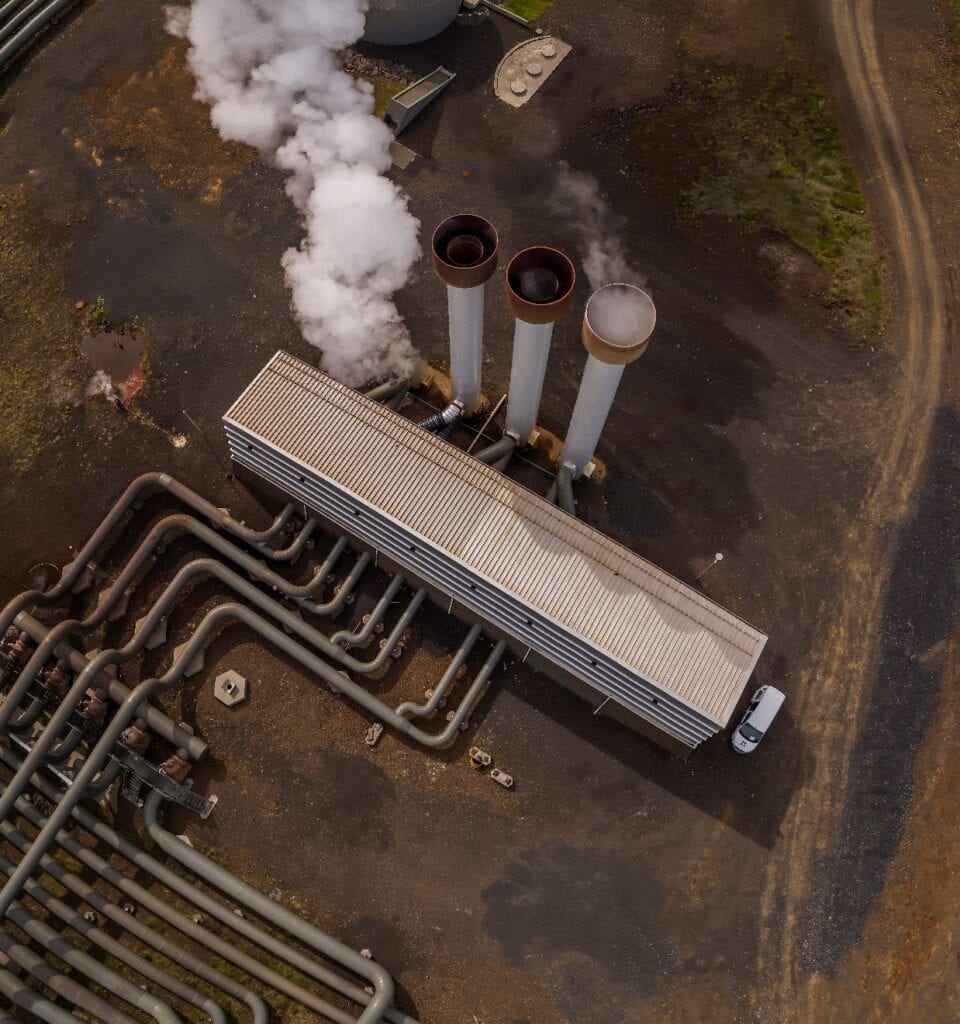
Digital Workflows: The backbone of scalability
As geothermal projects grow in complexity and scale, the ability to manage data across disciplines and project phases becomes increasingly critical. This is where digital workflows and integrated data environments come into play.
At its core, a digital workflow is a structured, tech-enabled way of capturing, analyzing, and sharing data throughout the lifecycle of a geothermal asset. When these workflows are connected within an integrated environment, they help teams collaborate more effectively, make faster, more informed decisions, and reduce uncertainty at every stage of development, from exploration to operations.
In the exploration phase, digital tools support geoscientists in interpreting geophysics data such as gravity, magnetics and seismic to build 3D subsurface models and evaluating reservoir potential. These insights are essential for identifying promising drilling targets and minimizing exploration risk early on.
As projects move into development, digital workflows help optimize drilling strategies, capture real-time data, and refine resource estimates. By bringing together geological and engineering data, teams can improve well placement, reduce non-productive time, and better anticipate costs.
It’s in operations where the value of integration becomes most visible. Here, digital workflows enable continuous reservoir monitoring, performance analytics, and predictive maintenance. Data from sensors, wells, and surface facilities can be brought together and visualized in real time, giving operators a clear view of how the reservoir is behaving, where adjustments are needed, and how to maximize output.
By connecting data across these workflows, organizations can shift from reactive to proactive decision-making. This connection not only reduces technical and financial risk, but also supports more sustainable reservoir management, helping geothermal assets perform efficiently over the long term.
Real-world projects are already demonstrating the value of this approach. Calpine’s geothermal operations in California are leveraging advanced subsurface modeling to deliver sustainable electricity more efficiently. Likewise, Google’s geothermal innovation highlights how digital tools are enabling scalable, low-carbon energy for data centers.
As the geothermal sector continues to evolve, the ability to unify data and workflows will be a key differentiator. In the next section, we’ll explore how an integrated approach can help make this vision a reality, bringing together exploration, development, and operations into a single, connected environment.
How Unified Workflows Improve Geothermal Operations
Achieving integration across the geothermal lifecycle isn’t just about adopting new tools, it’s about rethinking how we use the data we already have. In many projects, valuable operational data is available, but it’s often scattered across systems, inconsistently formatted, or underused. These data silos make it difficult for engineers and asset teams to get a clear, timely understanding of what’s happening underground, and how best to respond.
That’s the challenge that this approach is addressing.
Rather than adding complexity, the approach fits into existing workflows. It unifies two essential capabilities, data ingestion and monitoring, within a single, centralized environment, enabling more straightforward and insightful well performance analysis.
On the ingestion side, the approach brings together a diverse range of data, both historical and real time, measured and modeled, into a unified environment. It captures data from foundational engineering documentation and operational records to time-series data streaming from historian systems and predictive outputs from simulation tools. Importantly, this approach isn’t static. It’s built to evolve alongside operations. As new data sources are integrated and analytics capabilities grow, it becomes a dynamic hub for decision-making, supporting teams from internal performance reviews to external stakeholder reporting.
Monitoring, the second core component, plays a pivotal role in effective reservoir management. The approach supports management through two capabilities. The first is real-time monitoring of properties and variables. By centralizing and contextualizing operational data, teams gain continuous visibility into well conditions and performance metrics, enabling early issue detection and more confident decision-making. The second is production forecasting, using techniques like decline curve analysis (DCA) to estimate remaining reserves and project future output, critical insights for planning interventions and managing long-term performance.
Ultimately, by unifying ingestion and monitoring into a single, centralized system, this approach enables automated calculations, real-time dashboards, and alerting mechanisms that keep teams continuously informed. This connected, data-driven approach streamlines operations, minimizes manual effort, and enhances awareness, empowering teams to act decisively and strategically. The result is a stronger foundation for long-term performance and value creation.
The Future of Geothermal Energy with Digital Integration
The geothermal opportunity is real and gaining momentum. With the right digital foundation, we can accelerate its role in the global energy mix and unlock new levels of efficiency, reliability, and long-term value.
If this approach aligns with the challenges you’re navigating or the opportunities you’re looking to capture, now is the time to connect. Stay engaged as we continue shaping this vision, demonstrating how a unified, asset-centric view can drive smarter decisions and lasting impact across the geothermal lifecycle.
Ready to future-proof your geothermal strategy?
Discover how Bentley and Seequent are transforming geothermal energy with real-time monitoring, integrated data workflows, and predictive insights. Explore our geothermal solutions.
Have 10 minutes for an insightful read? Check out this piece by Jeremy O’Brien, Energy Segment Director at Seequent, where he explores geothermal’s pivotal role in the energy transition.
Read more geothermal stories
Notes From The Underground: How Seequent’s Subsurface Software Helps Keep World’s Largest Geothermal Complex Powering Full Steam Ahead
Paris’ Hidden Hotspot: Geothermal Heat Is Igniting The French Capital’s Low Carbon Future
